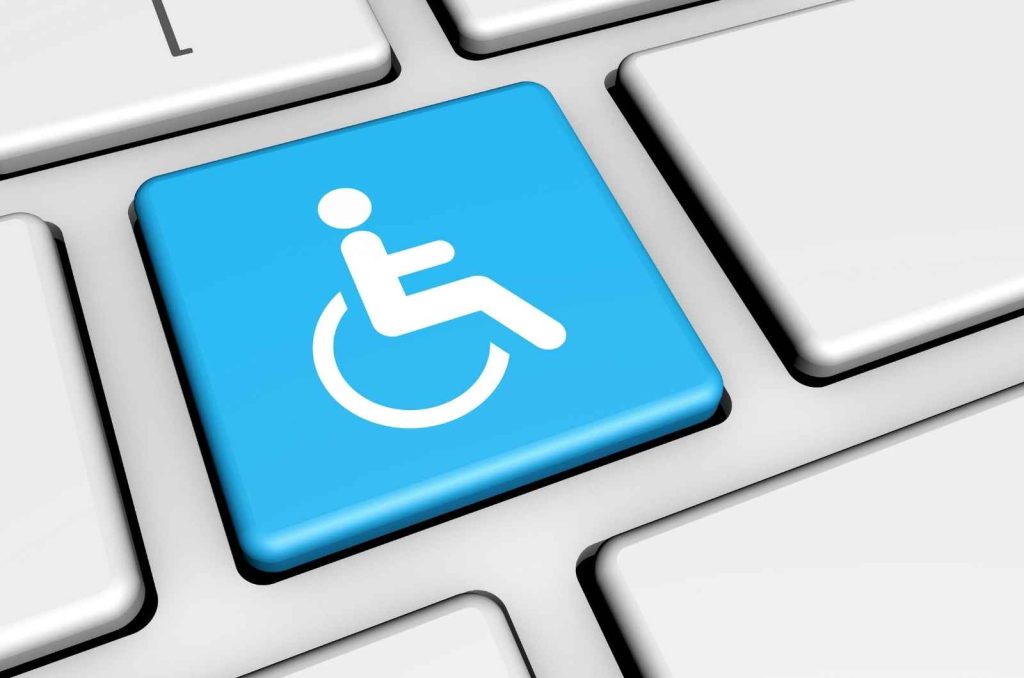
?What is Web Accessibility and Why Does it Matter
In today's interconnected world, the internet stands as a pivotal platform for accessing vital information, services, and for socializing. However, not everyone experiences the web in the same way. Web accessibility, fundamentally, is about ensuring that all users, including those with disabilities, can access and effectively use web content. This concept encompasses a wide range of disabilities, including visual, auditory, physical, speech, cognitive, and neurological impairments.
Why does web accessibility matter? At its core, it's about inclusivity and equal access. The internet, an essential part of daily life, should be accessible to everyone, allowing them to participate fully in society. Without proper accessibility measures, we risk excluding a significant portion of the population from education, employment, government services, and social activities available online.
Moreover, web accessibility is not just a social responsibility but also a legal requirement in many jurisdictions. Laws and guidelines, such as the Americans with Disabilities Act (ADA) in the U.S. and the Web Content Accessibility Guidelines (WCAG), have been established to ensure digital spaces are inclusive. This movement towards a universally accessible internet highlights the importance of web accessibility, underscoring the need for websites and online platforms to be navigable, understandable, and usable for everyone.
?How Does Web Accessibility Enable Digital Inclusion
Digital inclusion refers to the efforts to ensure all individuals have equal access to and can effectively use technology, particularly the internet. Web accessibility is a cornerstone of digital inclusion, serving as the bridge that connects individuals with disabilities to the digital world. By implementing web accessibility standards, such as those outlined in the Web Content Accessibility Guidelines (WCAG), websites can be designed and developed to cater to the needs of all users, including those with various disabilities.
Web accessibility enables digital inclusion by removing barriers that prevent interaction with, or access to, websites. For example, providing alternative text for images helps visually impaired users understand visual content, while captions for videos benefit those with hearing impairments. Similarly, ensuring website navigation can be accomplished via keyboard supports individuals who cannot use a mouse due to physical disabilities.
By fostering an environment where websites and online tools are accessible, we not only comply with legal standards but also embrace a wider audience, enriching the web with diverse perspectives and experiences. Thus, web accessibility is not just a technical requirement but a vital component of building an inclusive digital world where everyone has the opportunity to participate fully.
?What Challenges Do People with Disabilities Face Online
Navigating the digital landscape poses unique challenges for people with disabilities, often due to a lack of accessible web design and content. These barriers can significantly hinder their ability to access information, services, and social networks that many of us take for granted.
Visual impairments, for instance, make it difficult to read or interact with websites that are not designed with contrast sensitivity and font size options in mind or that lack alternative text for images. Auditory disabilities present obstacles in consuming media-rich content, such as videos or podcasts, that do not offer captions or transcripts. Individuals with physical disabilities may struggle with websites requiring precise mouse control or extensive keyboard input, making navigation and interaction frustrating or impossible without adaptive technologies.
Moreover, cognitive and neurological disabilities can make complex layouts, inconsistent navigation schemes, and fast-timed content changes overwhelming. Such design choices can disorient users or make it difficult to comprehend the information presented.
These challenges underscore the importance of web accessibility, emphasizing the need for inclusive design practices that consider the broad spectrum of user abilities to ensure everyone can participate in the digital age.
?How is EqualWeb Pioneering Accessibility Solutions
EqualWeb is at the forefront of web accessibility, developing innovative solutions that address the diverse needs of users with disabilities. By leveraging advanced technologies, including AI-driven tools, http://www.equalweb.com/ offers a range of products and services designed to make websites fully compliant with the latest accessibility standards, such as WCAG and ADA. Their offerings include the Auto AI Accessibility Widget, Web Accessibility Monitor, and PDF Accessibility Tools, among others. These tools not only identify accessibility issues but also automate the remediation process, making it easier for businesses and organizations to ensure their digital content is accessible to everyone. Through its commitment to digital inclusion, EqualWeb is setting new benchmarks in making the internet a more inclusive space.
